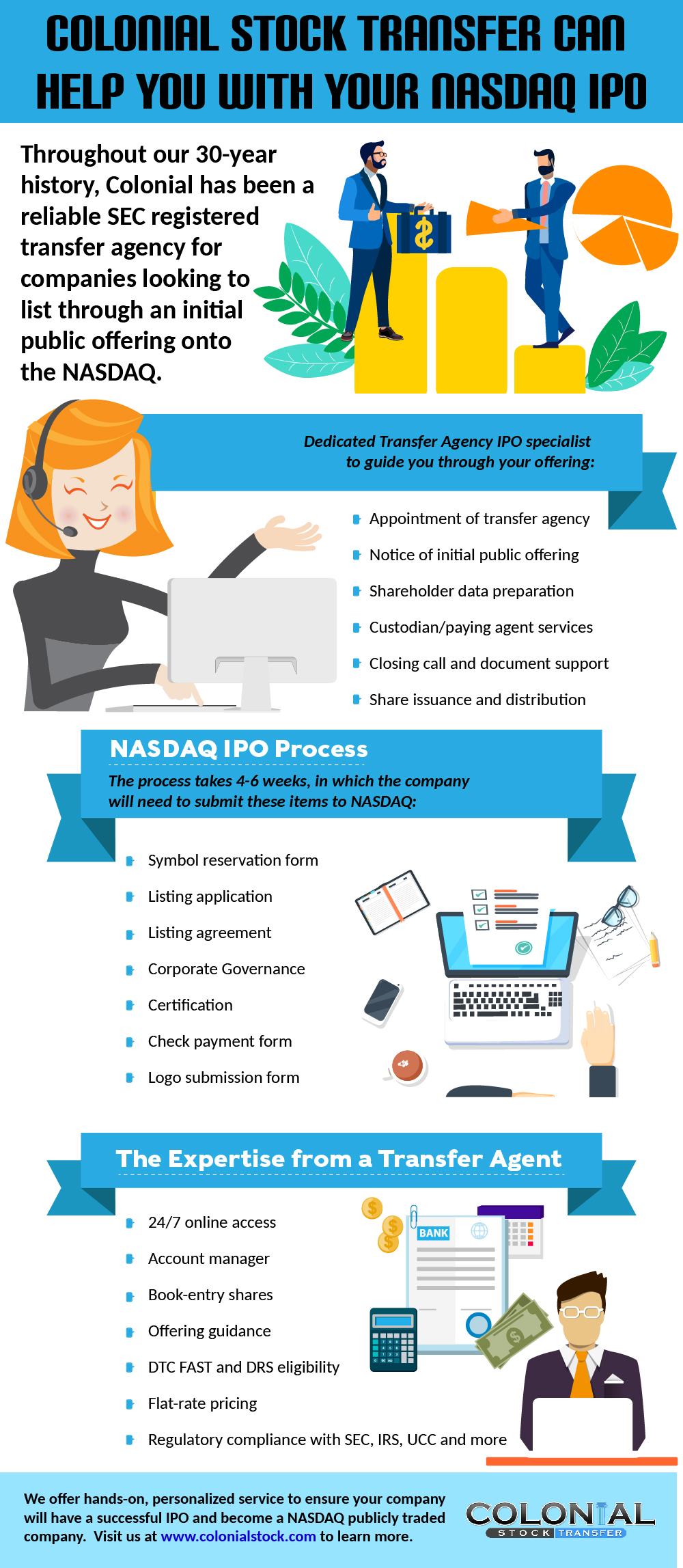Comparing Listing Requirements: OTC Markets vs. NASDAQ Capital Market vs. NYSE American
In today's capital markets, companies have several options for listing their shares. Each platform comes with its own regulatory requirements, fee structures, and investor perceptions. Understanding these distinctions is key to selecting the right marketplace for your company's specific needs.
OTC Markets, the NASDAQ, and the NYSE American, each have separate listing requirements, along with similarities and differences between them. What do businesses need to know?
Comparison of Exchange Listing Requirements
Below is a simplified chart comparing the primary listing requirements and features of the OTC Markets (focusing on OTCQB/OTCQX), NASDAQ Capital Market, and NYSE American.
A few quick points to note about each exchange include:
- The OTC represents a decentralized dealer network rather than a formal exchange. Encompasses three tiers—OTCQX, OTCQB, and Pink—each with varying levels of regulatory oversight.
- The NASDAQ exchange is tailored for smaller companies that still meet certain financial and governance requirements.
- The NYSE American targets small—to mid-cap companies looking for an exchange listing that balances prestige with relatively moderate entry requirements compared to the main NYSE.
Criteria |
OTC (OTCQX/OTCQB) |
NASDAQ Capital Market |
NYSE American |
Minimum Financials |
- OTCQX U.S. Standard: Net tangible assets ($2–5MM) or revenue ($6MM), etc. - OTCQB: $0.01 bid, non-shell companies |
- Capital Market: $5MM stockholders’ equity or other standards (market value of listed securities, net income, etc.) |
- Must meet one of multiple standards (e.g., $750K pre-tax income, or $50MM market cap, or $75MM total assets/revenue) - Market value of public float: $3–$20MM, depending on standard |
Minimum Share Price |
- OTCQX: Typically $0.25 - OTCQB: $0.01 |
- Usually $4 (can be $3 under certain circumstances) for initial listing across tiers |
- Typically $2–$3, depending on chosen financial standard |
Shareholders |
- OTCQX: ~50 beneficial owners - OTCQB: ~50 beneficial owners |
- Capital Market: Minimum 300 round-lot holders |
- 400 to 800 public shareholders, depending on the chosen standard |
Public Float |
- OTCQX U.S. Premier: 500,000 shares |
- Capital Market: 1 million |
- Ranges from 500,000 to 1 million shares, depending on standard |
Market Makers |
- OTCQX: 1 (initial), 2+ ongoing - OTCQB: 1–2 MM typically |
- Capital Market: Minimum three market makers |
- DMM system (Designated Market Maker); not multiple MMs but a single assigned DMM |
Listing Fees |
- OTCQX: $5,000 application + $23,000 annual - OTCQB: $5,000 application + $14,000 annual - Pink: $1,000 + $5,000 annual |
- Capital Market: $50,000–$75,000 (based on share count) |
- Starting around $50,000 for <5MM shares - Up to $70,000+ for >15MM shares |
Regulatory Oversight |
- FINRA/SEC regulated, but less stringent than national exchanges |
- SEC-recognized national securities exchange with high governance standards across all tiers |
- SEC-recognized national securities exchange; part of NYSE brand |
Pros |
- Lower cost of entry - Easier reporting standards (especially Pink) - Good stepping stone to up-list |
- High visibility and liquidity - Trusted brand name, especially for tech/biotech - Tiered approach allows for various company sizes |
- Access to NYSE network/brand - DMM model for potentially smoother trading - Good fit for mid-cap or emerging growth companies |
Cons |
- Lower visibility and liquidity - Often perceived as higher risk - Minimal governance for Pink |
- Potentially high listing costs - Strict listing and governance requirements - Tech-heavy index can be volatile (sector-specific) |
- Moderately high entry barriers - Competition from NASDAQ - Strict ongoing compliance |
OTC Markets
Founded in 1971, NASDAQ was the first electronic stock exchange and has grown into one of the largest stock markets in the world by market capitalization. Known for its tech-heavy listings and high trading volume, NASDAQ is often the first choice for innovative sectors like technology, biotech, and fintech. In 2006, the SEC officially recognized it as a national securities exchange.
OTCQX:
- Reserved for companies that meet the highest disclosure, financial, and corporate governance requirements in the OTC realm.
- U.S. companies must demonstrate certain financial metrics (e.g., net tangible assets or revenue) and a minimum bid price.
- Companies must also maintain a minimum number of active market makers and meet ongoing reporting obligations.
OTCQB:
- Geared toward earlier-stage, growth-oriented companies.
- Requires companies to be current in their reporting, maintain a minimum bid price of $0.01, and have a verified company profile.
- Excludes shell companies and those in bankruptcy.
- Offers moderate listing fees and a more
Pink:
- The least regulated tier includes a wide variety of issuers, such as penny stocks, shell companies, or those with minimal disclosure.
- Companies must file a Form 15c2-11 through a sponsoring broker-dealer to join.
- While fees are lower, transparency standards are minimal, potentially deterring risk-averse investors.
NASDAQ Capital Markets
Founded in 1971, NASDAQ was the first electronic stock exchange and has grown into one of the largest stock markets in the world by market capitalization. Known for its tech-heavy listings and high trading volume, NASDAQ is often the first choice for innovative sectors like technology, biotech, and fintech. In 2006, the SEC officially recognized it as a national securities exchange.
NASDAQ is divided into three distinct tiers, each with its own set of quantitative and qualitative requirements.
- Ideal for smaller companies, including emerging businesses that meet less demanding quantitative requirements.)
- While it has lower financial thresholds, corporate governance expectations (like independent directors, audit committees, etc.) remain robust.
- Often serves as a gateway for companies aiming to expand and eventually uplist to the Global Market or Global Select.
Nasdaq Capital Market Listing Fees
For all tiers, the NASDAQ charges application/entry fees and annual fees based on share count. Below is a simplified breakdown (approximate figures):
- Up to 15 million shares: $50,000 (including a $5,000 application fee)
- Over 15 million shares: $75,000 (including a $5,000 application fee)
These fees can change over time, so it's wise to consult NASDAQ's official fee schedule.
- Financial Requirements: Companies can qualify under one of three standards (Equity, Market Value of Listed Securities, or Net Income). For example, a company might have $5 million in stockholders' equity, $50 million in market value of listed securities, or $750,000 in net income over the last two years.
- Bid Price: Generally $4, though it can be $3 if certain closing price or other provisions are satisfied.
- Shareholders: At least 300 round-lot shareholders.
- Market Makers: Typically at least three market makers.
NYSE American (Formerly AMEX and NYSE MKT)
Once a standalone exchange, the American Stock Exchange (AMEX) was acquired by the NYSE in 2008. Rebranded as NYSE American, it competes directly with NASDAQ for emerging to mid-sized issuers. The NYSE American employs a Designated Market Maker (DMM) model to stabilize and facilitate trading.
Companies must meet at least one of several alternative standards involving measures like pre-tax income, market capitalization, public float, and stock price. A typical set of requirements is:
- Pre-Tax Income: $750,000 (under one standard)
- Market Value of Public Float: Minimum $3 million to $20 million, depending on the specific standard
- Minimum Share Price: Usually $2 to $3
- Shareholders: Requirements can vary from 400 to 800 public shareholders
Beyond these quantitative metrics, NYSE American also examines qualitative factors such as management reputation, regulatory history, and the company's overall suitability for a public listing.
NYSE American Listing Fees
NYSE American imposes initial listing fees based on the total number of shares outstanding. The fees can range from around $50,000 for shares under 5 million to $70,000 or more if the share count exceeds 15 million. Like other exchanges, there are also annual listing fees.
Selecting an Exchange
Selecting the right exchange depends on multiple variables—financials, industry, long-term growth strategy, and investor relations goals. OTC can be a stepping stone for those with limited capital and early-stage business models. NASDAQ Capital Market is well-suited for companies on the cusp of significant growth, especially in innovation-driven fields. NYSE American, meanwhile, provides enhanced visibility under the prestigious NYSE umbrella for companies meeting its thresholds.
Ultimately, the best fit hinges on where a business stands today and where it aims to be in the near future. For instance, a biotech startup with strong technology but modest revenue might see the NASDAQ Capital Market as an ideal environment to attract specialized investors. Meanwhile, a mature mid-cap mining firm might prefer the stability and brand association of the NYSE American.
- OTC Markets: Offers an accessible, lower-cost route to being publicly traded. They are suitable for very small or emerging companies, but liquidity and investor perceptions can be limiting factors.
- NASDAQ Capital Market: Provides strong brand recognition, moderate listing costs relative to larger NASDAQ tiers, and robust governance requirements. It is ideal for emerging companies looking to benefit from an exchange listing..
- NYSE American: Part of the NYSE brand, offering a balance of prestige and somewhat lower barriers compared to the main NYSE board. A good choice for mid-sized firms and certain foreign issuers seeking an exchange listing.
Get Started with your Exchange Listing
If you would like help you getting started on your Exchange listing, please complete this form below.
Colonial Stock Transfer can help provide SEC registered transfer agent services for your IPO as well as help you with your exchange listing application. To speak with a professional today or learn more, please contact us.





